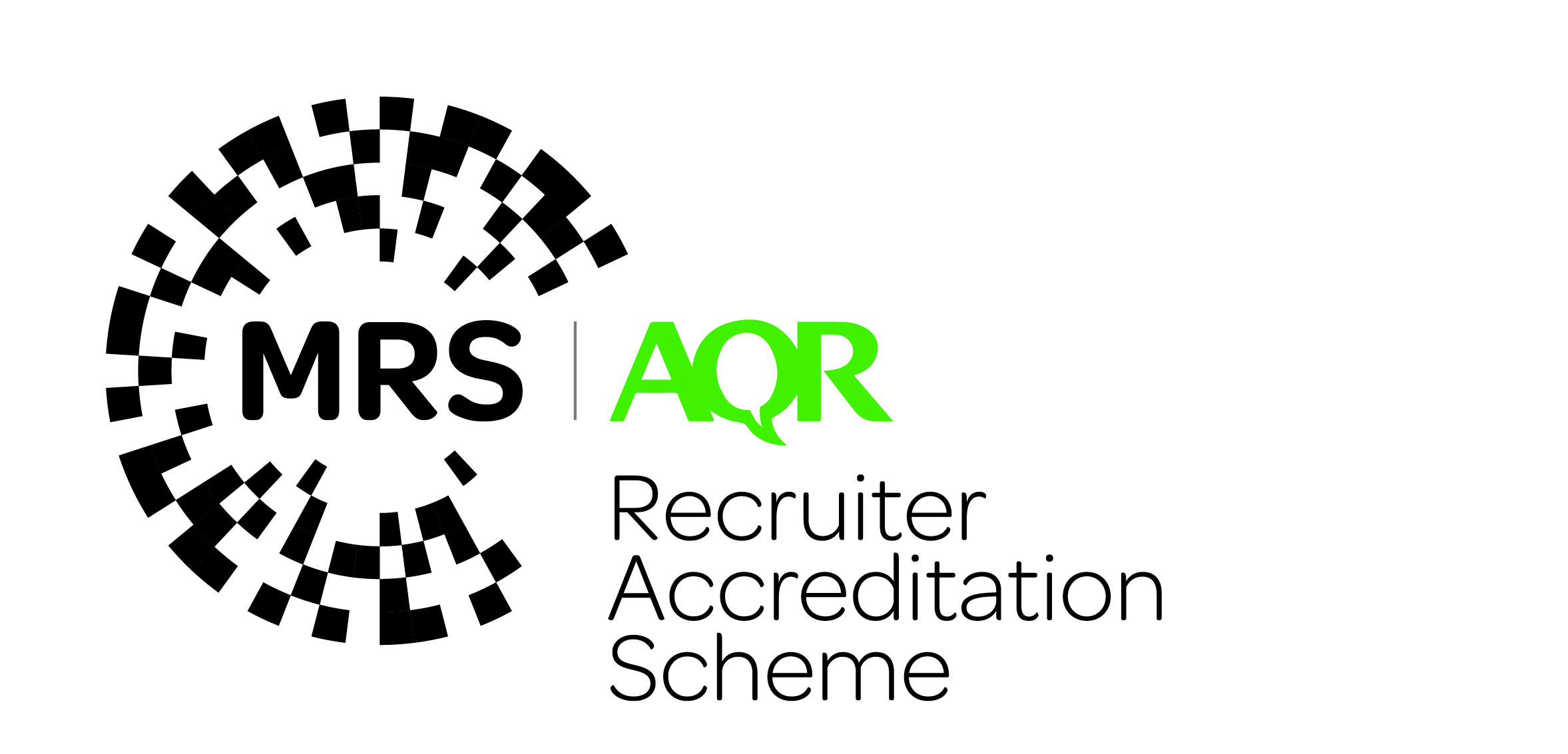All MRS websites use cookies to help us improve our services. Any data collected is anonymised. If you continue using this site without accepting cookies you may experience some performance issues. Read about our cookies here.
You are currently not logged in. Any progress made will be lost.
Conscious and Unconscious Bias
When recruiting participants, it is important to understand those biases which may affect how recruiters recruit, and how participants respond to recruiters and ultimately what type of people are recruited for research. There are two types of biases which are particularly relevant to recruitment for research and data collection:
Conscious bias: conscious bias refers to biased attitudes that people are aware of. This could be for example deciding to work with a person because they went to the same school as you rather than on their skills or other qualifying criteria. In the research recruitment context this could be due to screening criteria e.g., a preference to recruit adults rather than children or females instead of males.
Unconscious bias: this is sometimes called implicit bias and refers to biases which are outside of people’s awareness and control i.e., behaviour that people are unaware they have. An example of this might be in assumptions which individuals make about individuals e.g., that a young female might automatically be assumed to want to be a mother.
Biases can affect how receptive or friendly people are towards each other. Biases can make people more guarded and as such research recruitment as a process can be intrinsically affected by people’s biases. This can have a negative impact on research outputs and the sector. By not, for example, having recruiters from a wide range of backgrounds or inclusive recruitment practices, this can result in research outputs not being representative of the population – a fundamental problem when the aim of research is to represent the views of the population. Participants are also more likely to feel comfortable if they feel that they belong or see someone like them. It is for this reason that many research commissioners, businesses, charities and public sector departments, are striving towards more inclusive data collection and research practices.

